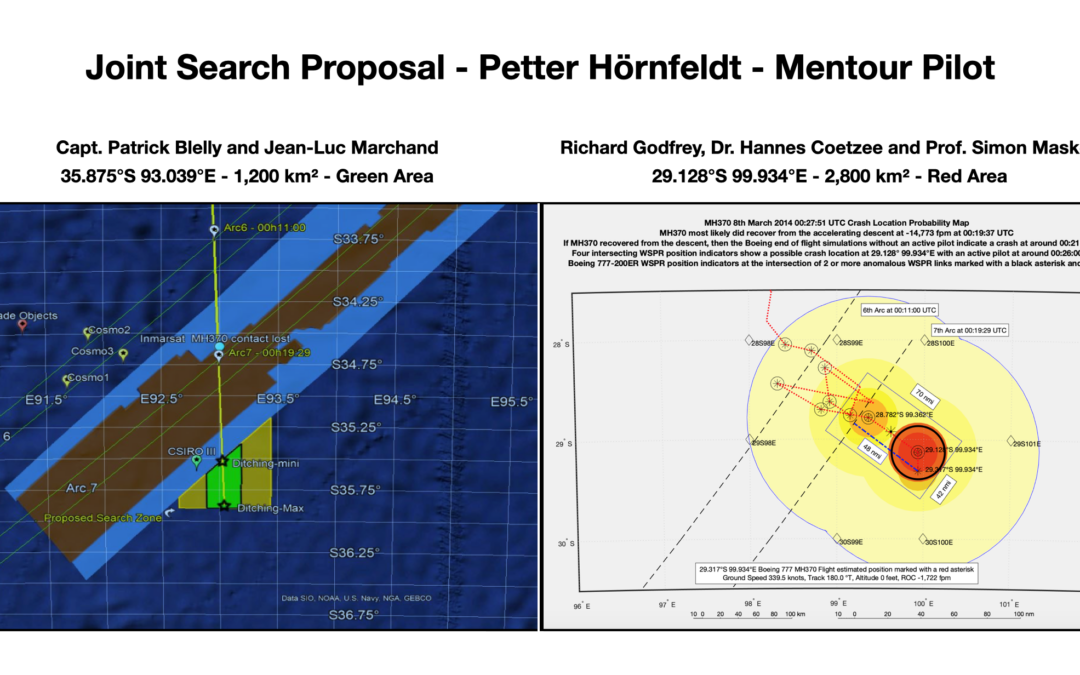
by Richard Godfrey | Mar 16, 2024 | WSPR
Petter Hörnfeldt has published a MH370 documentary titled “MH370 – A New Hope” on his YouTube Channel called Mentour Pilot. Petter describes his documentary as a “A NEW Trace! Explaining the MH370 Enigma”. The documentary can be viewed here The documentary...
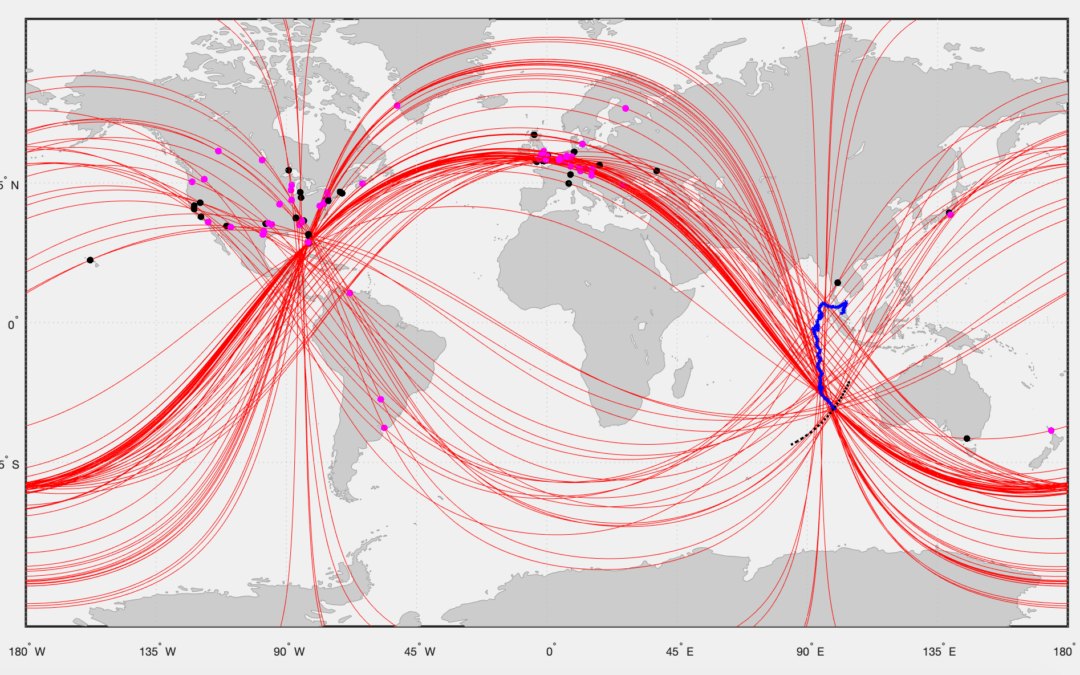
by Richard Godfrey | Feb 15, 2024 | WSPR
WSPRnet radio signals can reliably detect and track aircraft over long distances to the other side of the globe. Anomalies in the WSPRnet data, in either the received signal level, or received frequency, or frequency drift indicate a possible disturbance by an...
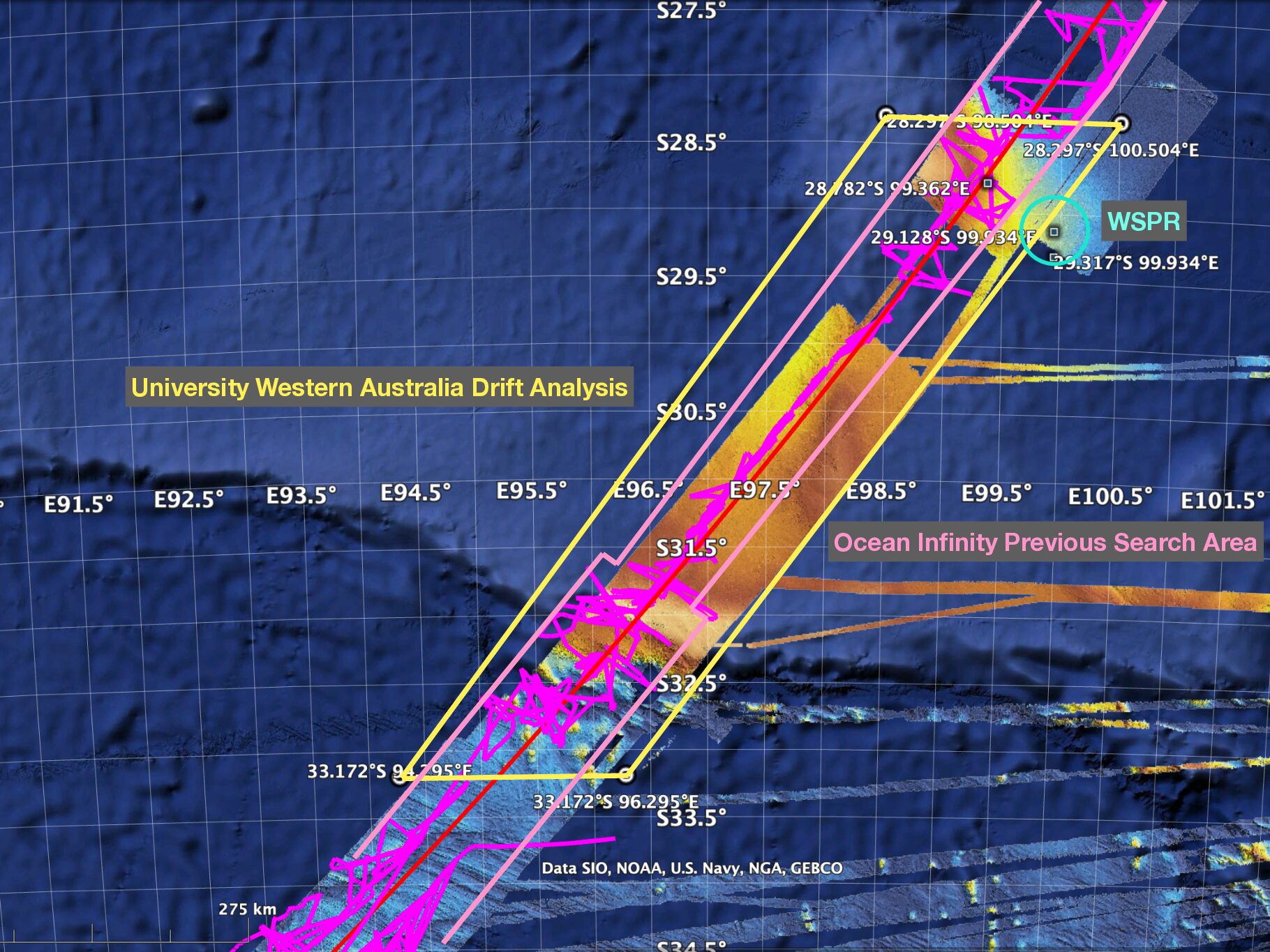
by Richard Godfrey | Dec 22, 2023 | WSPR
Here is a map showing the WSPR search area, the UWA drift analysis crash location area and the OI area previously searched. The WSPR search area is partly covered by the UWA drift analysis crash location area. The WSPR search area was not covered by the OI area...
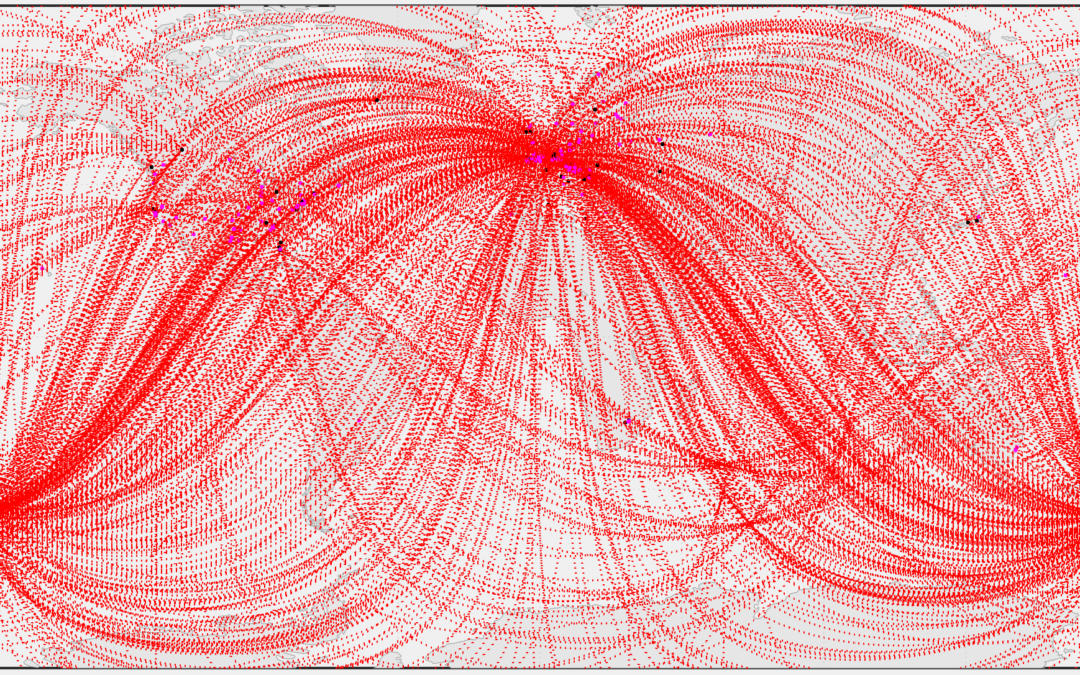
by Richard Godfrey | Dec 18, 2023 | WSPR
It is a well established fact that radio waves can detect aircraft over short distances. Since the demonstration by Robert Watson-Watt and Arnold Wilkins in 1935 detecting a Handley Page Heyford aircraft by using radio signals from BBC Daventry, radar systems are now...
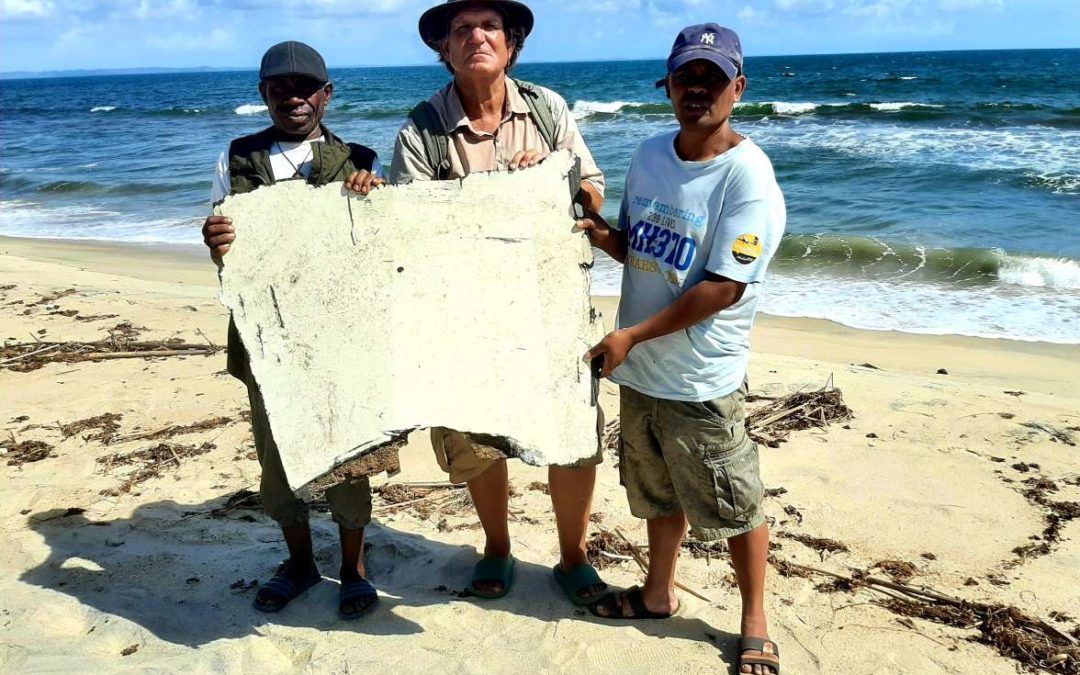
by Richard Godfrey | Dec 7, 2023 | Debris Drift
New clues reveal the demise of MH370. Since the crash of MH370 in the Indian Ocean a considerable amount of physical evidence has been gathered. 43 pieces of floating debris have been found and 41 delivered to the Malaysian authorities for investigation. Two items are...







Recent Comments